Wine Spotlight: Bold Elegance – South African Shiraz Unveiled
Interested in making South African Shiraz? Give us a call at 877-812-1137 to speak to a winemaking representative about your order.
Appearance:
In the glass, South African Shiraz commands attention with its deep, inky purple color. The richness of its hue hints at the robust character that awaits.
Aroma:
Upon the first swirl, the nose is greeted by an enticing bouquet of dark fruits and subtle spices. Blackberry and ripe plum take center stage, accompanied by a hint of black pepper and a touch of smoky oak (either French or American oak, medium toast). The aromatic profile is bold and inviting, setting the stage for the complex layers to unfold. (yeast suggestions: BDX, D80, D254)
Palate:
As the wine graces the palate, it delivers a symphony of flavors that reflect the warmth and intensity of the South African sun. Black cherry and blueberry dance alongside notes of dark chocolate and a subtle hint of vanilla from careful oak aging (either French or American oak, medium toast). The wine’s full-bodied nature is complemented by velvety tannins that add a luxurious texture, creating a well-balanced and deeply satisfying experience.
Flavor Profile:
South African Shiraz is a showcase of the varietal’s bold and expressive character. The dark fruit flavors are complemented by a savory undercurrent, with a touch of black pepper adding a hint of spice. The integration of oak is seamless, contributing to the wine’s complexity without overpowering its vibrant fruit profile.
Pairing Suggestions:
A robust Shiraz is a natural companion to hearty dishes. Pair it with a juicy grilled steak, lamb stew, or a rich, meaty pasta for a perfect match. Its bold flavors and well-structured tannins also make it an excellent candidate for aging, allowing the wine to evolve and develop further complexity over time.
Overall:
South African Shiraz is a testament to the region’s ability to produce wines of depth and character. It balances power with finesse, showcasing the winemaker’s artistry in capturing the essence of the grape and the terroir. It’s a wine that invites contemplation and celebration.
Interested in making South African Shiraz? Give us a call at 877-812-1137 to speak to a winemaking representative about your order. Cheers!
Wine Blend Spotlight: Mettler Ranch GSM
A beautiful blend of three Rhone varietals: Grenache, Syrah, Mourvedre. All three of these varietals trace back to the Mediterranean coast and thrive in the Lodi climate. They blend poetically together, each bringing a different flavor profile. Grenache adds a fresh raspberry flavor. The Syrah brings savory dark fruit flavors and a velvety mouth-feel. Mourvedre adds a nice tannin structure and herbaceous aromas. A delicious wine to try!

You can ferment it a number of ways. You can do what is called a “field blend” and blend everything at crush. Or you ferment each varietal seperately. Either way makes a great wine. It all comes down to the equipment you have and the amount of time you have. If you don’t have a lot of storage vessels then doing a field blend is the way to go.
Field Blend Fermentation:
- Crushing and Fermenting: After harvesting, co-ferment the grapes together in the same fermentation vessel. This means that the Grenache, Syrah, and Mourvèdre grapes are all mixed together from the start. The co-fermentation process allows for the blending of flavors and characteristics at the earliest stage.
- Temperature Control: Control the fermentation temperature carefully, as each grape variety may have different requirements. Find a temperature that works well for all three varieties to ensure proper extraction of flavors and tannins.
- Taste and Adjust: Monitor the fermentation process and taste the wine to assess the development of flavors. Make any necessary adjustments, such as adding yeast or adjusting the temperature, to achieve the desired characteristics.
- Aging: After fermentation, age the wine in suitable containers, such as oak barrels or stainless steel tanks. Aging allows the flavors to meld and develop complexity.
- Bottling: Once the wine has aged to your satisfaction, bottle it. Label the bottles with the vintage and the type of field blend GSM.
- Enjoy: Once the wine has aged to your satisfaction, bottle it. Label the bottles with the vintage and the type of field blend GSM.
Creating a field blend GSM wine is a unique approach that requires careful planning and execution in the vineyard. It can result in a wine with distinctive characteristics that reflect the terroir and the synergy of the three grape varieties grown together.
Fermenting the Grapes Seperately:
- Fermentation: Fermenting each grape variety separately helps control the extraction and balance of flavors. Add yeast to start the fermentation process. Pro Tip: Use different yeasts for each batch and you will create even more complexity!
- Temperature: Monitor and control the fermentation temperature. Grenache, for example, generally benefits from higher fermentation temperatures, while Syrah and Mourvèdre might require lower temperatures to preserve their desired characteristics.
- Taste and Analyze: Taste the wines from each varietal to understand their individual characteristics. Analyze factors such as aroma, flavor, acidity, tannin, and alcohol content.
- Blending Trials: Once each wine has completed fermentation and has been aged to your liking, start experimenting with different blends. This is where the art of blending comes into play. Start with small trial blends and make adjustments to the ratios until you achieve the desired flavor profile and balance.
- Age the Blend: Blend the wines together and allow the blend to age in a suitable container, such as oak barrels or stainless steel tanks. The aging process helps the different components integrate and develop complex flavors. *For more information on againg your wines, check out this blog post
- Regular Tasting: Blend the wines together and allow the blend to age. The aging process helps the different components integrate and develop complex flavors.
- Bottle: Once you’re satisfied with the blend and the wine has aged to your liking, bottle it. Make sure to label the bottles appropriately, indicating the vintage and the blend.
- Enjoy: Allow the bottled wine to rest for a period before opening and enjoying. GSM blends often benefit from some additional bottle aging to reach their full potential.
GSM blends are known for their bold, rich, and complex flavor profiles, often characterized by red fruit, spice, and earthy notes. The proportions of each grape variety in the blend can vary, but Grenache is typically the dominant grape, with Syrah adding structure and Mourvèdre contributing depth and complexity. Experiment with different proportions to create your own unique GSM wine blend.
The Mettler Ranch wine grapes are available for purchase every Fall Season. If you are interested in the Mettler grapes we suggest making a pre-order by mid-August. For more information on the Mettler Ranch click here.
We’re here to help when you need it
Musto Wine Grape offers a variety of products as well as services including testing and support. Email sales@juicegrape.com or call (877) 812 – 1137 to speak with someone who can assist you.
How to Make Syrah Wine from Chilean Wine Grapes
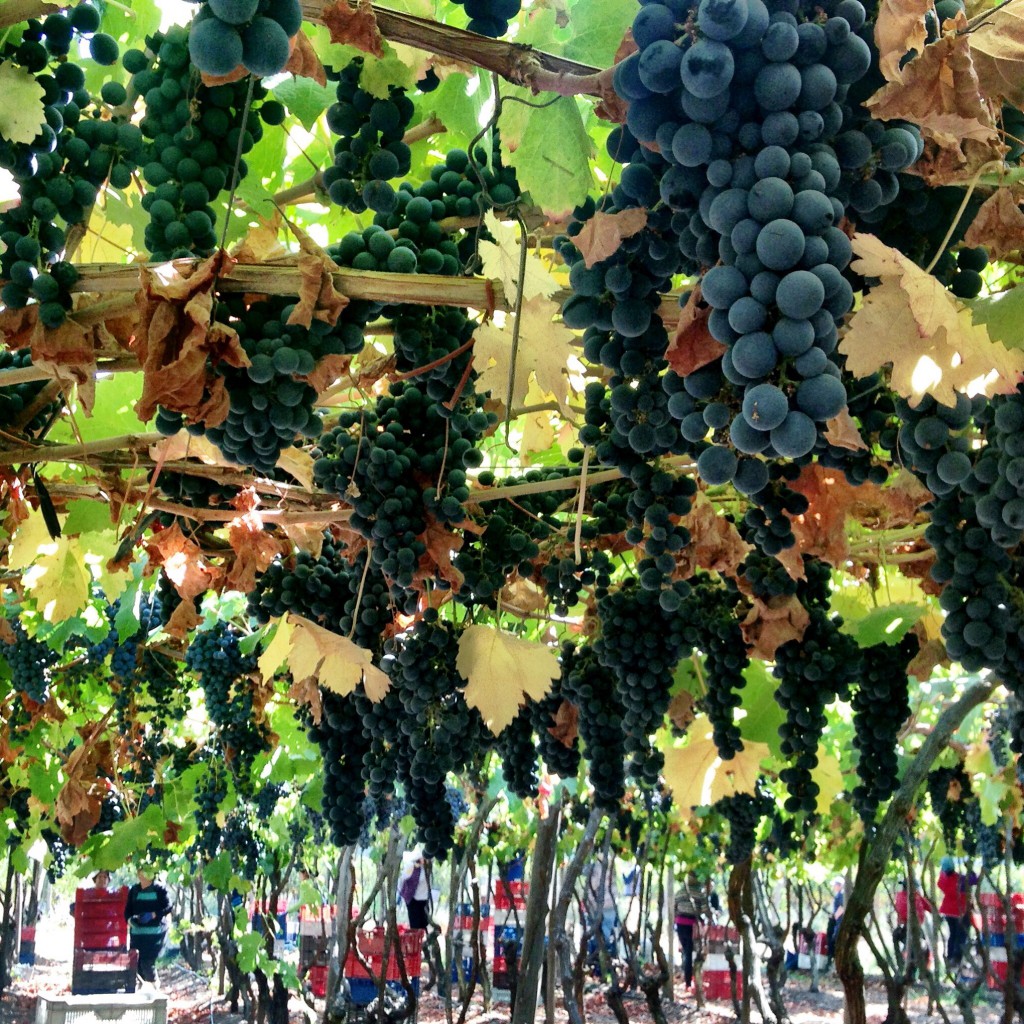
Chilean Syrah from Colchagua Valley has received high praise from publications like Wine Enthusiast, earning 93+pts. It’s a wine variety that is often overlooked from Chile and is a wine worth making this season. Chilean Syrah boasts flavors of plum, wild berry, and earth aromas. I highly suggest introducing this wine to oak barrels or an oak infusion. The medium acidity and powerful aromas are complemented by the French Oak flavor profile.
Yeast Suggestion: CSM yeast
Oak Suggestion: French oak barrels or chips
Wine Flavor Profile: Bold, medium tannins, blackberry, plum, wild berry, leather, smoke, chocolate, and oak
How to Make Syrah Wine from Chilean Wine Grapes:
- Crush Syrah grapes into a sanitized bin or tub. (Each 18lb crate will make 1.25 gals of finished wine).
- Apply 50ppm of Potassium Metabisulfite and stir well. Allow to sit for 8-12 hours.
- Apply .5ml of Color Pro Pectic enzyme per box diluted into a 10% solution with water to the must and stir. Allow to sit for another 8-12 hours.
- Mix Booster Rouge, FT Rouge, and Opti-Red, with spring water until it is the consistency of pancake batter and pour over top of crushed grapes. Mix in well.
- Add rehydrate CSM yeast (1g/gal) with Go Ferm rehydration nutrient and warm water. Allow to sit for 15 minutes and pour over top of crushed grapes.
- Punch down grapes 3 times per day throughout the duration of fermentation and monitor temperature and Brix levels daily. Use a hydrometer to test sugar content in a strained juice sample. Make sure the temperature does not exceed 85F.
- One day after adding the yeast, add Fermaid O, mixed with spring water into the pancake batter style slurry. Dump into grapes during a punch down.
- After the depletion of 1/3 of the Brix (when the Brix level is between 16-11), add Fermaid O that is mixed with spring water into the pancake batter style slurry. Dump into to grapes at a punch down.
- Add Malo-lactic bacteria the same day as the Fermaid K. If you are using liquid cultures, just pour over the grape must and mix. If you use the dry cultures, rehydrate them in warm spring water according to their specific directions, utilizing any rehydration nutrients recommended.
- When the Brix have dropped below zero, press the wine into a sanitized tank, carboy, or demijohn. Make sure the vessel is topped up all the way to the top of the neck and sealed properly with a bung and airlock.
- Rack after 48 hours and then again in a week. Allow MLF to complete before adding sulfites.
- Allow the wine to age and rack it every 2 months and add sulfites when racking.
- Add oak infusion after 2nd or 3rd racking. Taste test along the way until the oak profile is where you want it to be.
Interested in making your own wine? Musto Wine Grape Company is here to help! Musto’s New England’s largest supplier for home winemaking products and services. Visit juicegrape.com or give us a call at (877) 812 – 1137 to learn more.
Why I’m making South African Syrah this year….
South African Shiraz is an under rated wine in the US. It is deep ruby in color with vibrant red fruit, baking spice notes, rounding out with notes of anise and black pepper. It is a complex wine with many layers of flavor. Unfortunately, there are not many distributed in the United States, so it’s a great reason to make it at home.
The Shiraz grapes come from a boutique wine growing region of South Africa called Devon Valley. Devon Valley is an estate vineyard that is planted on the valley slopes. It has rich soil and the benefits of warm days and cool breezes at night for optimal ripening.
For winemaking BDX is my yeast of choice this year. It is a vigorous fermenter and can handle 16% alcohol. BDX brings out the ruby color, while increasing the mouthfeel and soft tannin extraction. Personally I love soft tannins in a Syrah, but want to keep a solid structure in the wine. BDX should help me maintain the Syrah style I like, while bringing out the South African varietal character that it is known for. As for ageing, I am thinking about exposing the Syrah to a small amount of American oak, but I am still on the fence. It can add coffee notes to the Syrah, but I am not sure if I should let the fruit shine or add a little extra dimension to the wine. What do you think?
The Syrah grapes arrive this week. Decisions, decisions….
Winemaker Spotlight: Grettchen van der Merwe of our South African Vineyards
How did you get started winemaking? What first attracted you to winemaking?
I grew up in the Cape Winelands and studied Viticulture and Oenology at Stellenbosch University. I love the process of winemaking, the chemistry of it. Wine is a living thing and it is wonderful to be able to make something with the potential to be enjoyed for years to come as it grows and matures in the bottle.
What do you look for when you make wine? What is your general winemaking philosophy?
It is all about the grapes, get the best grapes possible and make sure you have the basics right, but don’t try to over engineer the process.
What is the most difficult aspect of making wine? What’s or biggest challenge as a winemaker
You are working with nature so you cannot predict what’s to come in a season and every season has its own challenges. I think the most difficult are seasons where the vines are stressed, be it from high temperatures or wet weather that can increase risk of fungal infections in the vineyard.
Are you filtering your wines?
There is a movement toward unfiltered wines, especially as consumers become more educated and willing to accept a little sediment in the bottle. I do prefer to filter my wine, but use the most coarse (largest micron size) filter available. Basically just to give the wine a rough polish as it goes into the bottle.
Are there any new winemaking techniques or tools you’d like to experiment with?
They aren’t necessarily new tools, but you can achieve a lot with good use of enzymes and tannins at vinification. I like to cold soak my grapes before fermentation; you get the benefit of good color and flavor development without the harsh tannic extraction that happens after fermentation (when alcohol is present).
What’s your favorite wine region?
Many different regions excel at specific varietals, which is part of what makes wine exciting, you can have a Syrah from South Africa; Australia and France and all three can be fantastic but also completely different in style.
We want to give a BIG Thank you to Grettchen for answering our winemaker questions and we look forward to meeting her in person on April 2nd. We would like to invite all of our winemakers to meet her Monday April 2nd from 1:00-6:00PM at our Hartford, CT Location. Grettchen will be speaking about her vineyards and favorite winemaking practices. RSVP to Christina at cmusto@juicegrape.com. This event is FREE to join and we would love you bring in some wines that you have made for Grettchen to try. Looking forward to seeing you all on April 2nd!
Chilean Wine Grape Update: Arrivals & In Stock
As of 5/2/2017 the following is in stock…
Juices:
ALL Chilean Varieties
ALL South African Varieties
Grapes:
Malbec
Carmenere
Merlot
Petite Verdot
Syrah
To Arrive 5/5/17….
Juices:
ALL Chilean Varieties
Grapes:
Cabernet Sauvignon
Cabernet Franc
Carmenere
Pinot Noir
Petite Verdot
Malbec
Merlot
Syrah
Please feel free to contact us at sales@juicegrape.com or 877.812.1137 to schedule your pick up!
We are looking forward to working with you this Spring Harvest! Keep an eye on our Facebook Page and Harvest Tracker for more harvest information and upcoming wine classes.
Paso Robles Merlot Harvest
Good Morning from Paso Robles Winemakers!
Our crew is working very hard to bring you some of the finest wine grapes Paso Robles has to offer. Yesterday and Today we are harvesting Merlot and Syrah. They are being picked around 24-26 Brix. They should be arriving in Hartford, CT around 9/23/2016.
We are still awaiting the Petite Sirah which is currently at 22 Brix. We are thinking it will harvest around 9/23.
Make sure to place your orders!
These are fantastic grapes for making Award Winning Wines!
-PS-
Drop Off You Wine Competition Entities at Pick Up! http://www.juicegrape.com/community/wine_classic/
Yeast Pairings for Chilean Wine Grapes
Yeast Pairings for Chilean Wine Grapes
Cabernet Sauvignon: BM45, BM4X4, D80, RC212, D254
Cabernet Franc: BM45, RP15, D254, D80, BDX
Petite Verdot: BM4X4, D80, D254
Chardonnay: QA23, VIN13, D47, COTE DES BLANCS
Pinot Grigio: 71B, VIN13, QA23, R2
Sauvignon Blanc: VIN13, QA23, R2, D47, V1116
Which yeast will you use? 🙂
Also, don’t forget to watch our Youtube Video on “Yeast & Stuck Fermentation”
Cheers! And Happy Winemaking!






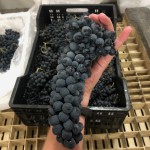
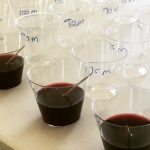
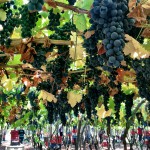

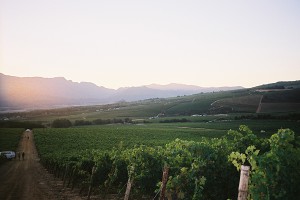
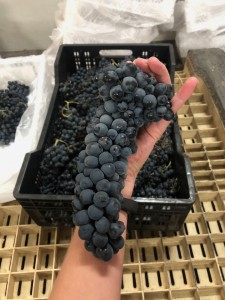

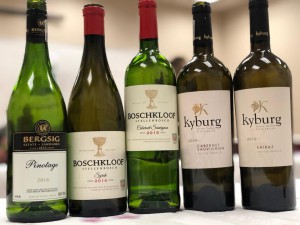


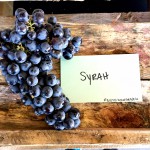

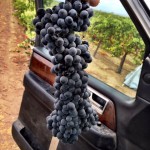
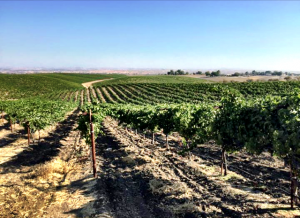

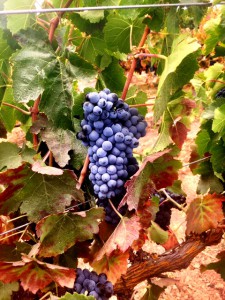
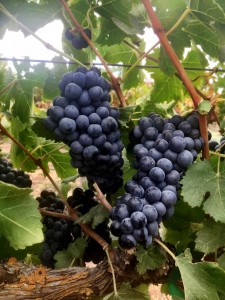



Recent Comments